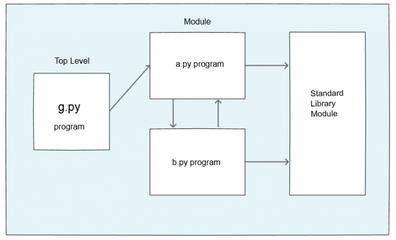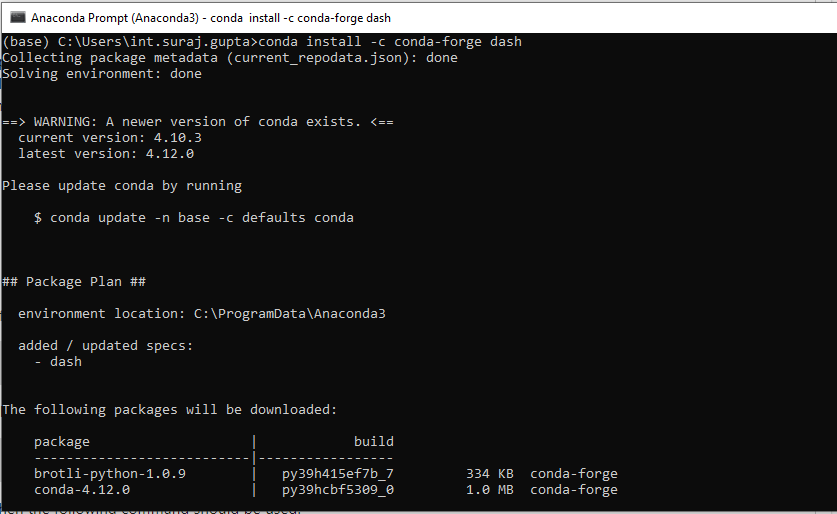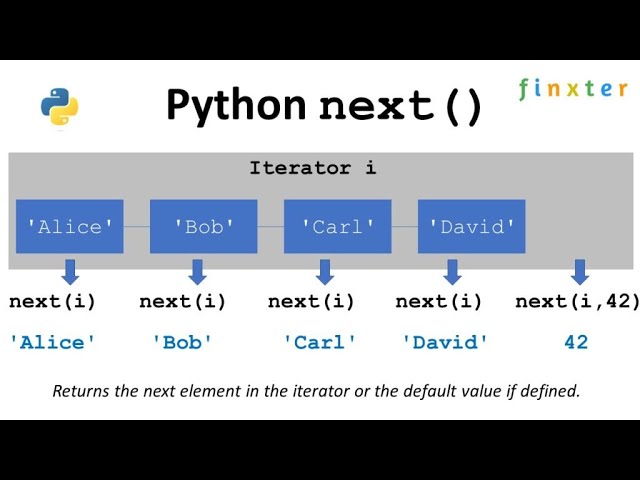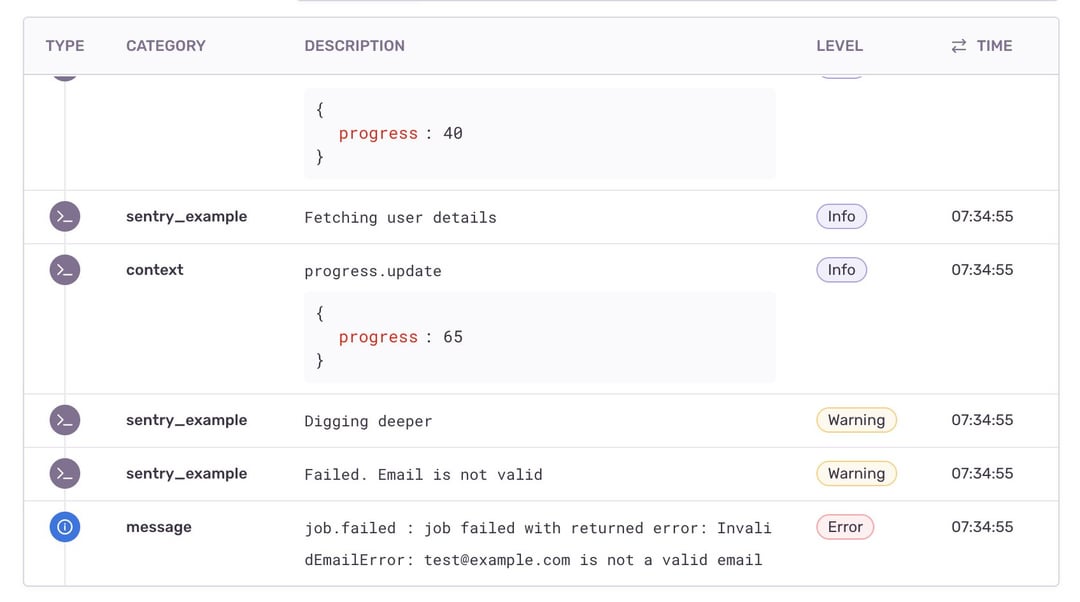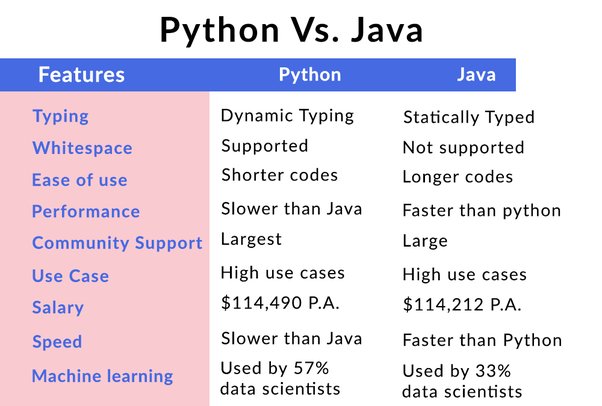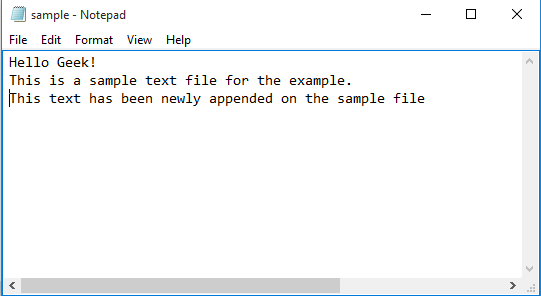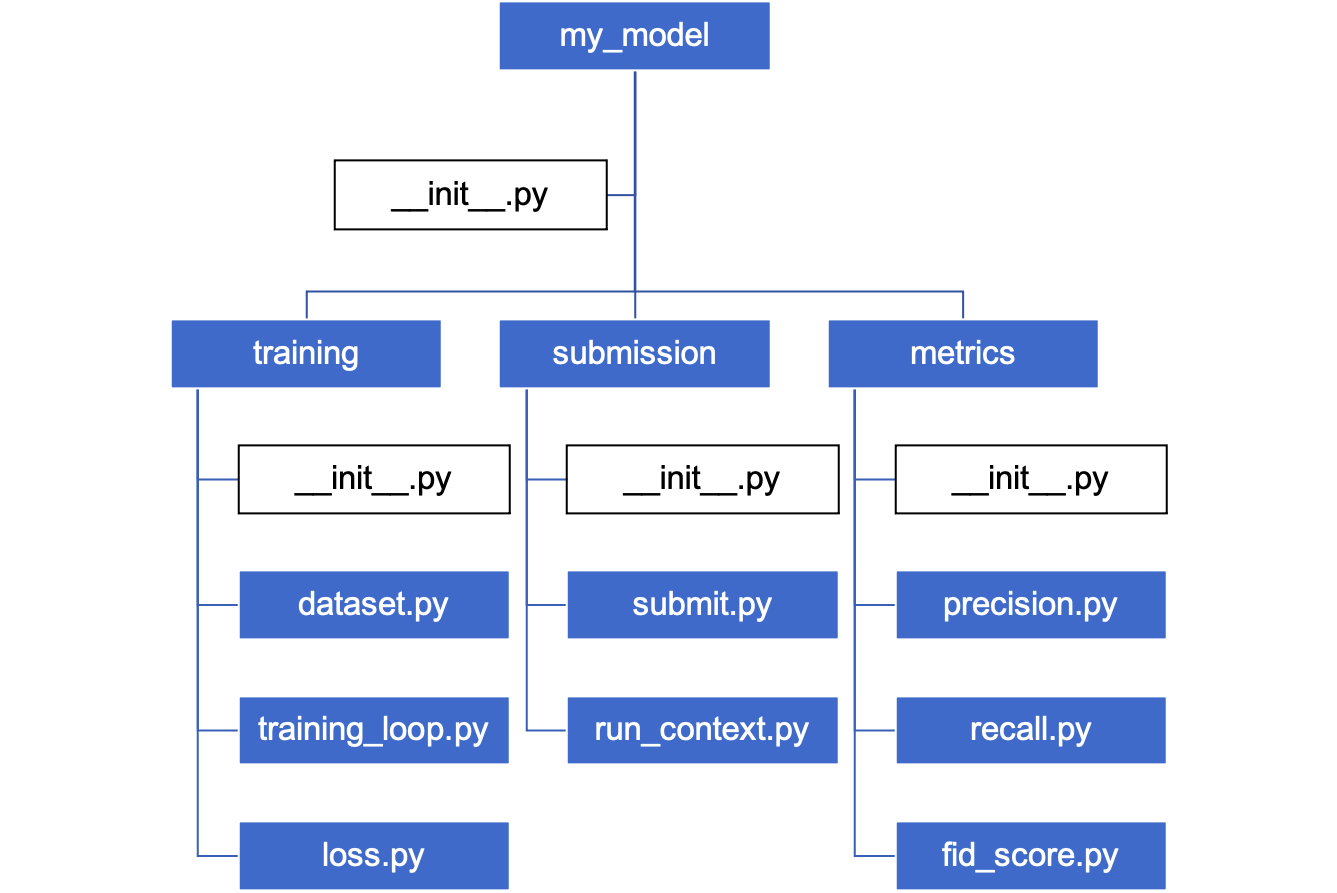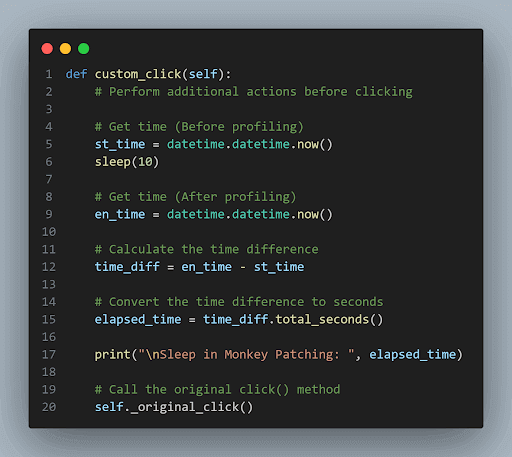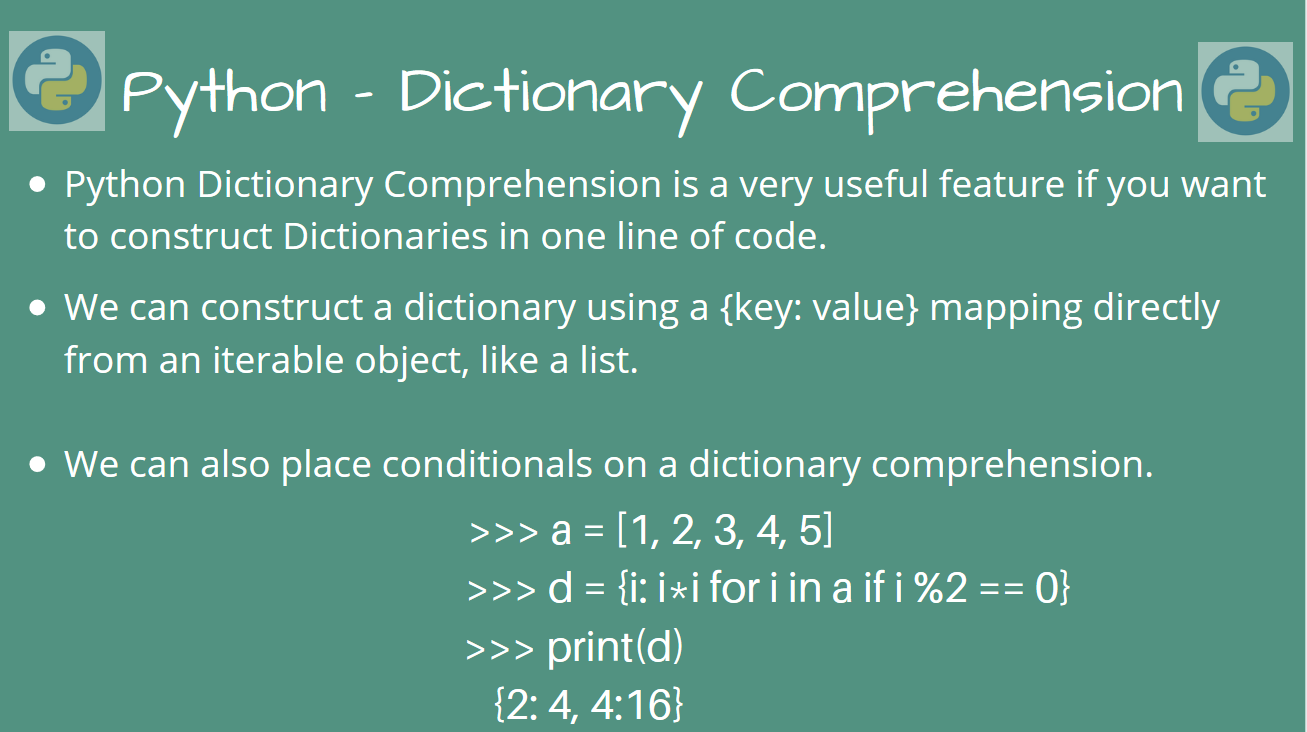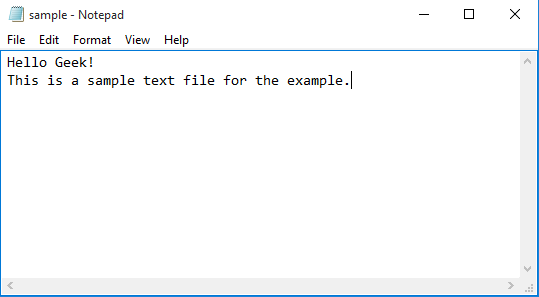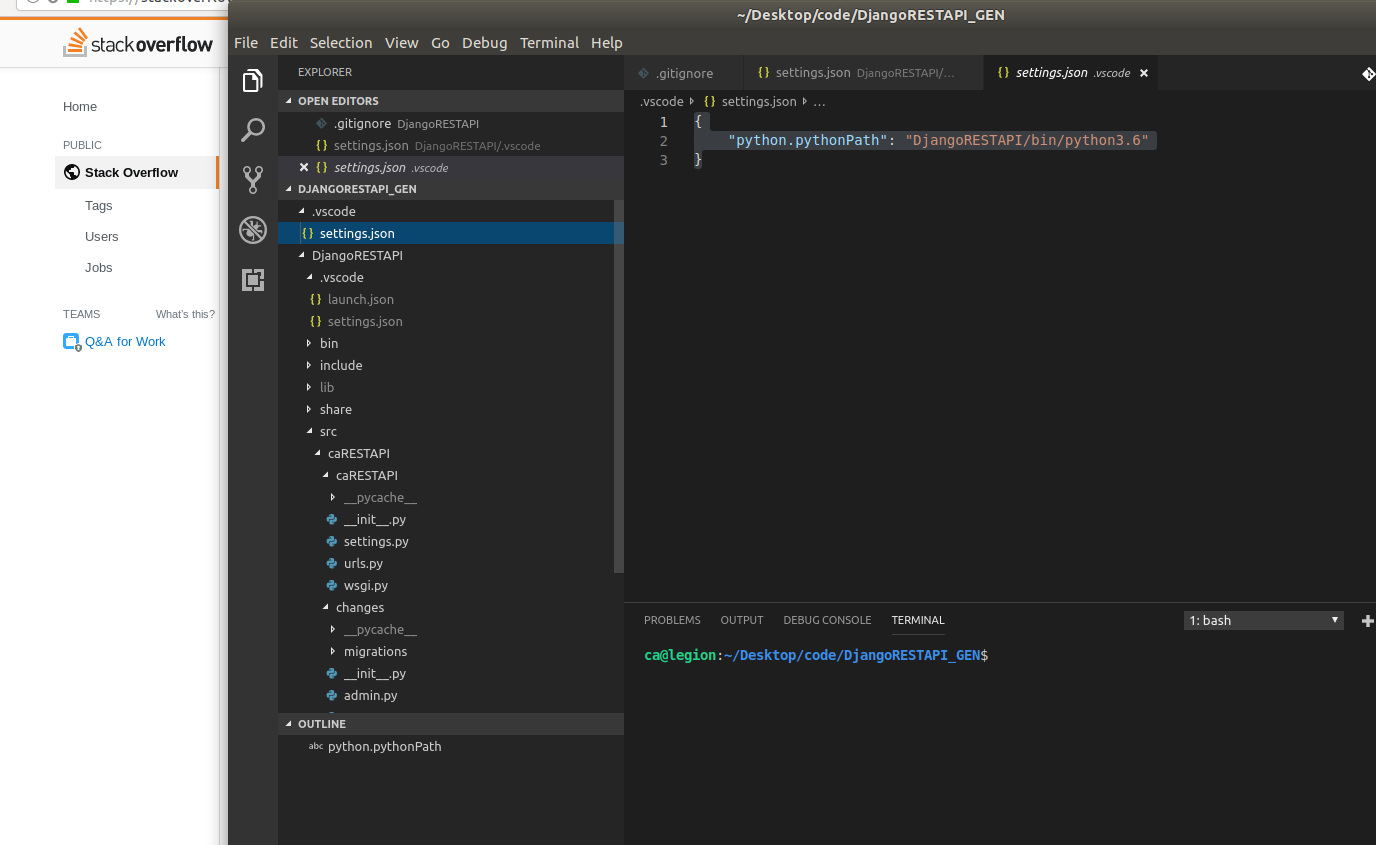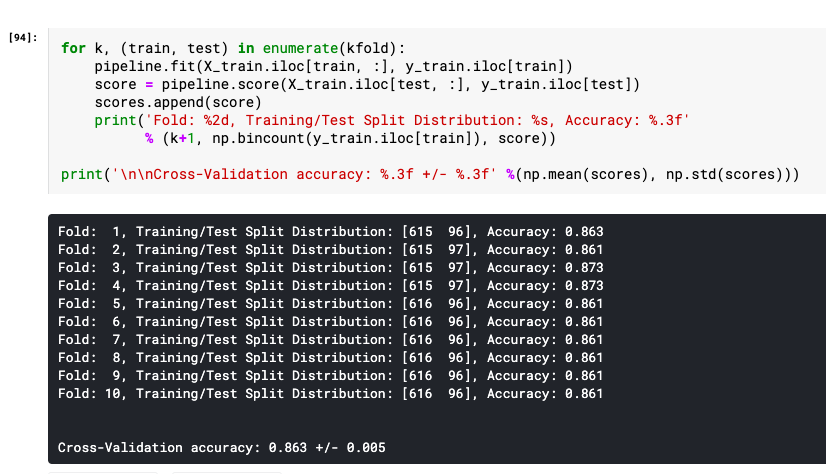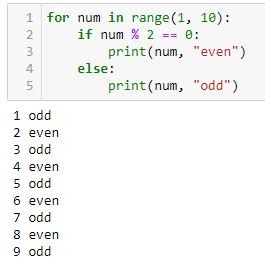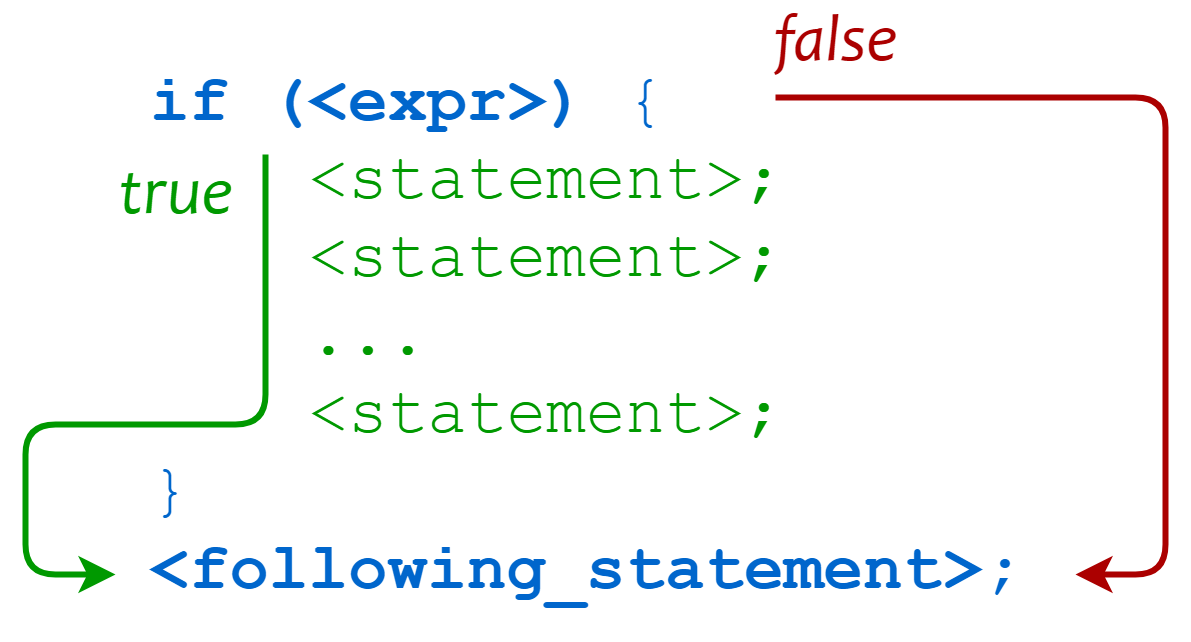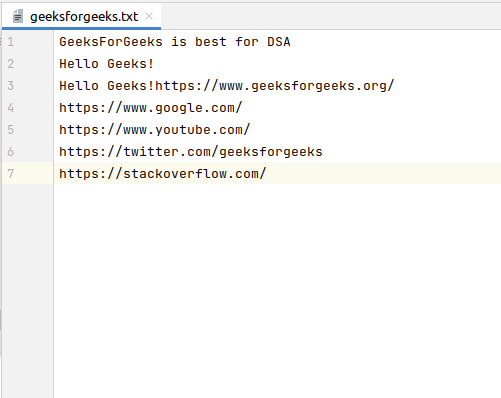What generator returns in Python?
What generator returns in Python?
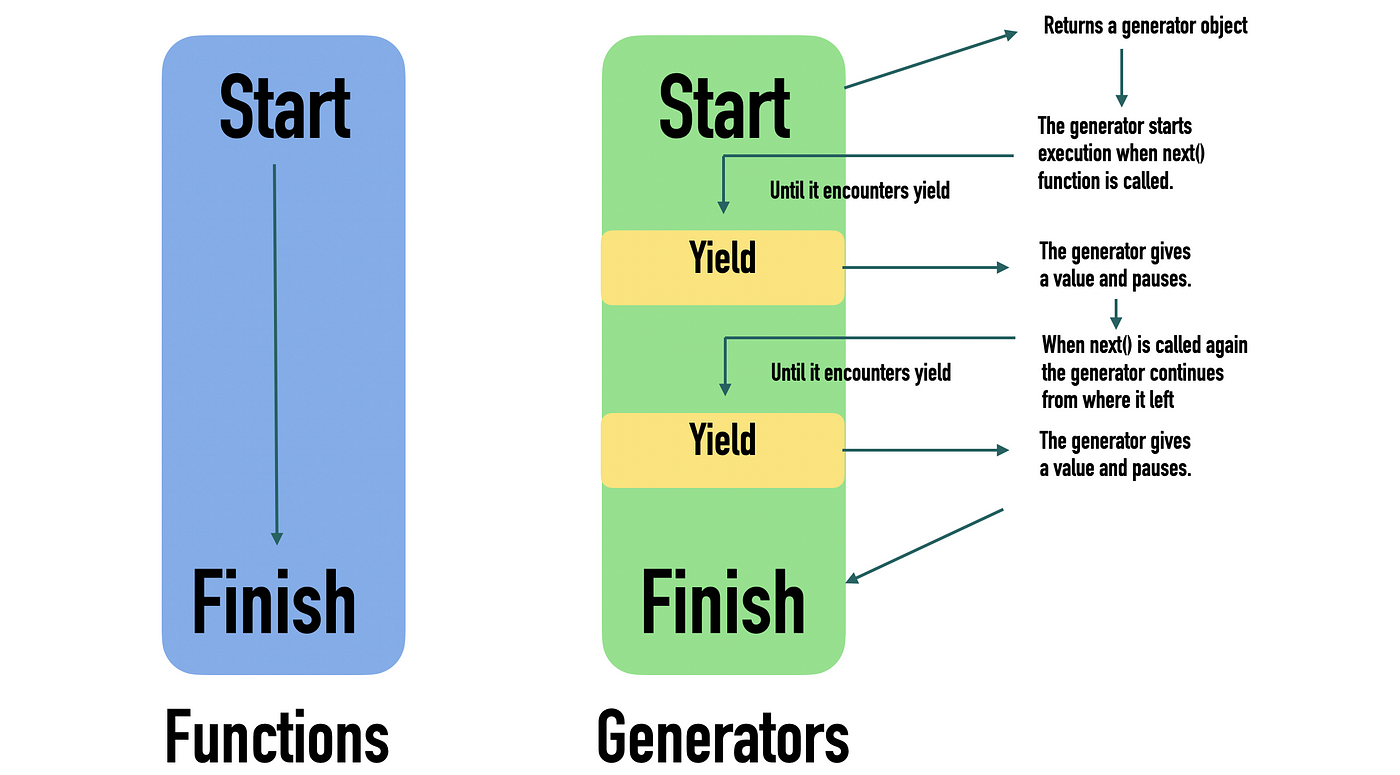
I'm happy to respond in English for this specific question!
In Python, a generator is a special type of function that can be used to generate a sequence of values on the fly, without having to create the entire sequence in memory all at once. Generators are implemented using the yield keyword, which allows the generator to produce and return values one at a time.
A generator function is defined just like any other Python function, but it contains one or more yield statements. When the generator function is called, it returns an iterator object that can be used to retrieve the generated values.
Here's an example of a simple generator that generates the numbers from 0 to 9:
def my_generator():
for i in range(10):
yield i
To use this generator, you would call the my_generator() function and then iterate over the resulting iterator object using a loop or other iteration mechanism. For example:
for num in my_generator():
print(num)
This would output the numbers 0 through 9.
Generators have several advantages over traditional functions that return sequences of values:
Memory efficiency: Generators can generate large datasets without using excessive memory, because they only store the current value and the next value in memory at any given time. Flexibility: Generators can be used to generate data on-the-fly, allowing for more dynamic and flexible processing of data. Convenience: Generators can simplify code by eliminating the need to create intermediate lists or arrays to store generated values.Some common use cases for generators include:
Streaming data: Generators are often used to process large datasets that don't fit in memory, such as reading and processing a file line-by-line. Algorithmic generation: Generators can be used to generate mathematical sequences, such as the Fibonacci sequence or prime numbers. Data transformation: Generators can be used to transform data from one format to another, such as converting CSV files into JSON objects.In summary, generators are a powerful tool in Python that allow for efficient and flexible generation of sequences of values. They are particularly useful when working with large datasets or complex algorithms that require generating data on-the-fly.
How to get generator output in Python?
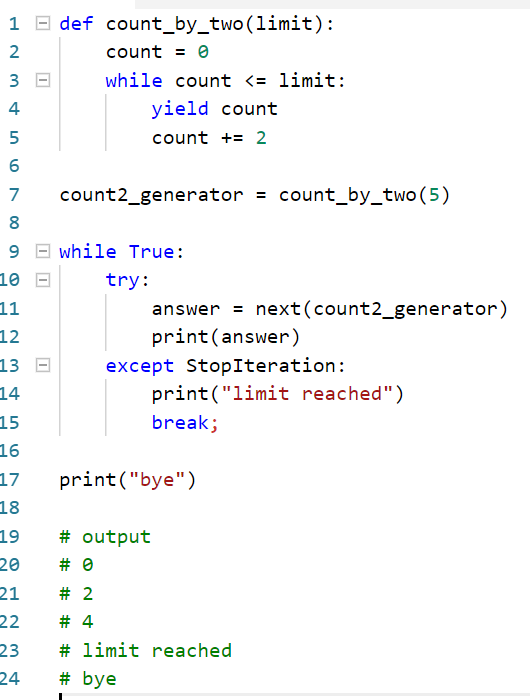
I'd be happy to help!
In Python, there are several ways to generate random numbers, text, or other data, depending on your specific needs and requirements. Here's a brief overview of some common approaches:
Random Module: The built-inrandom module is one of the most straightforward ways to generate random numbers. You can use functions like randint(), randrange(), uniform(), or random() to create random values.
For example, if you want to generate a random integer between 0 and 10:
import random
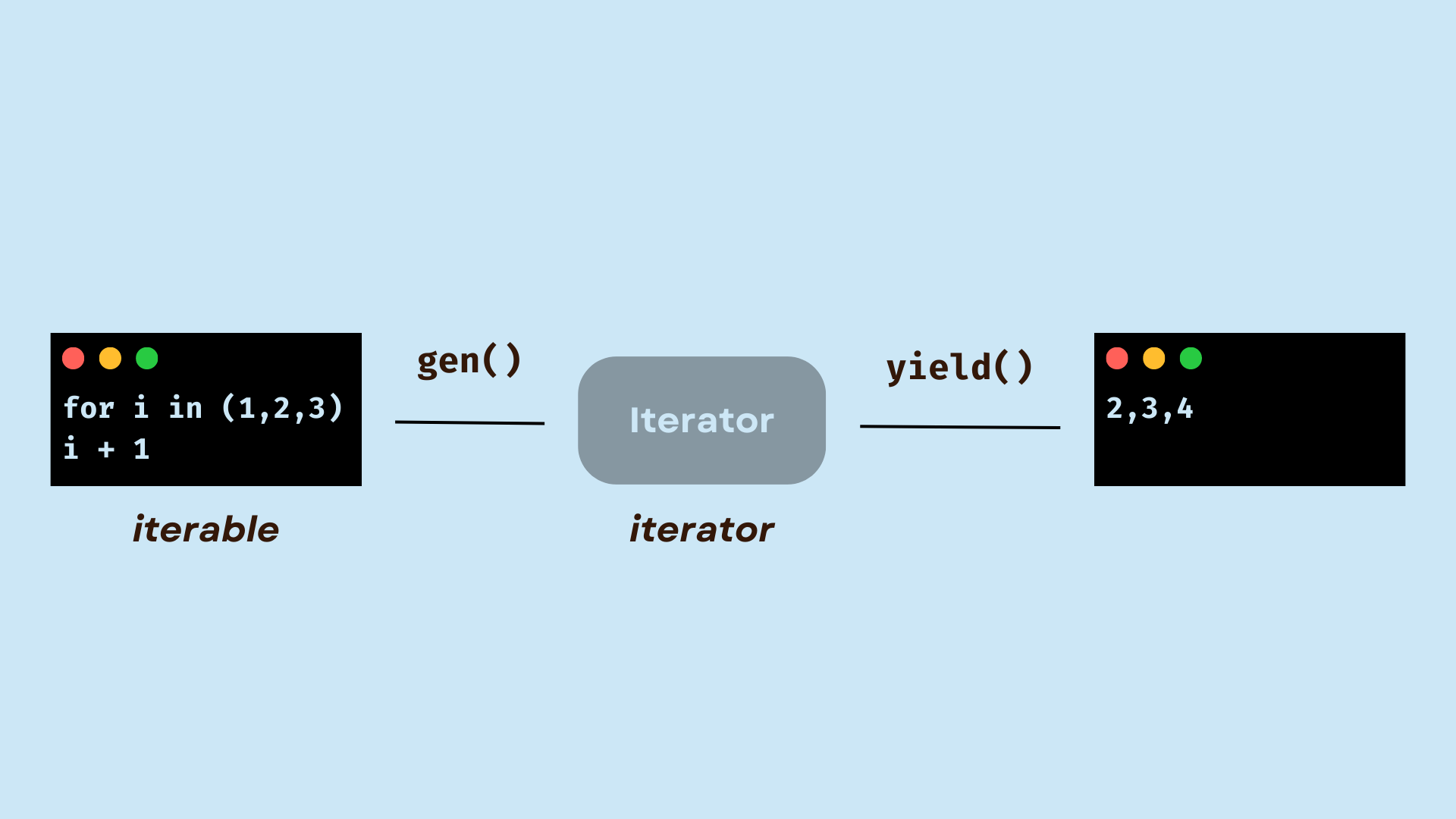
print(random.randint(0,10))
Sequences: Python's built-in data structures like lists, tuples, and sets can be used as generators. This is particularly useful when you need to generate a sequence of values.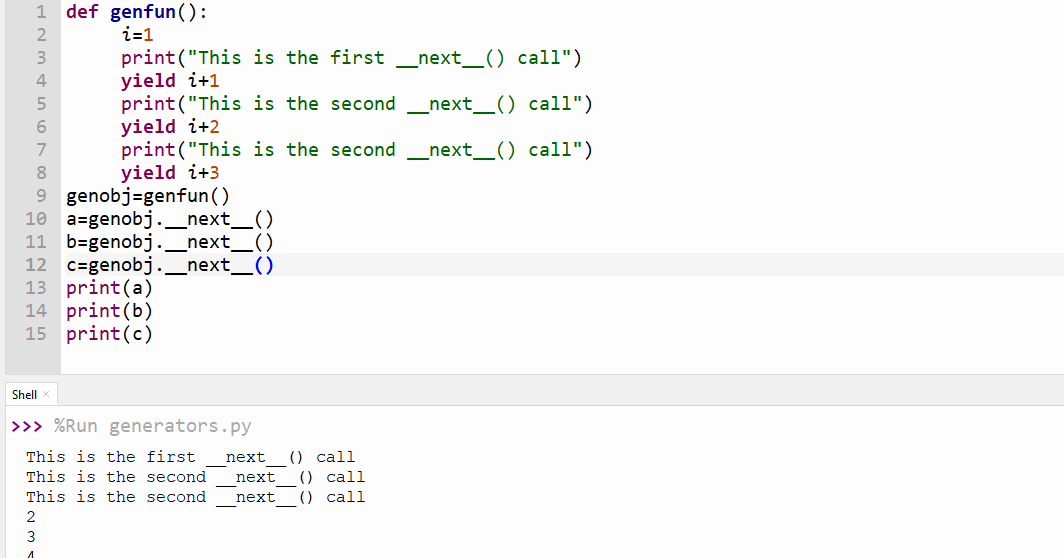
For instance, suppose you want to create a list of 10 random integers between 1 and 100:
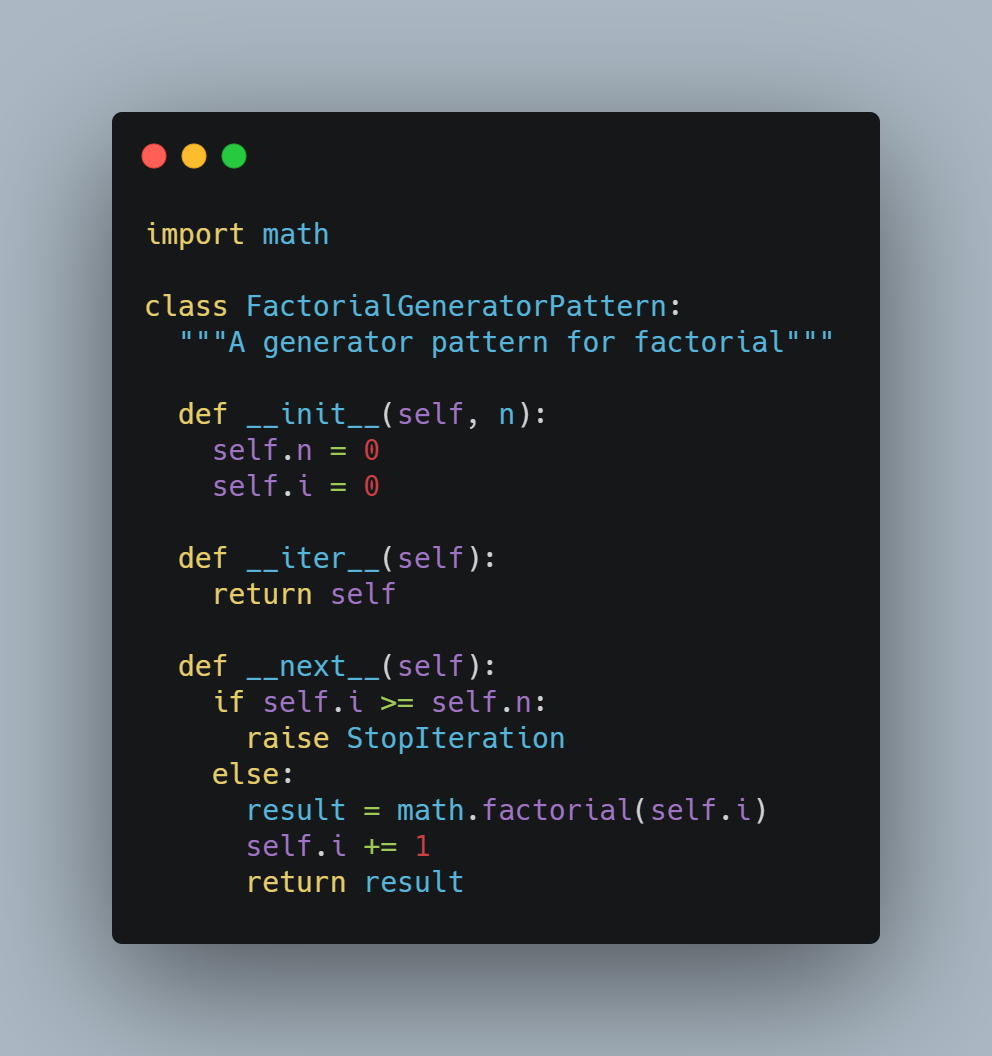
import random
print([random.randint(1,100) for _ in range(10)])
Generators: Generators are special functions that can be used to generate sequences on the fly. They're particularly useful when dealing with large datasets.For instance, if you want to create a generator function that generates prime numbers:
def prime_generator(n):
d = 2
while n > 1:
if (n % d) == 0:
yield n
n -= 1
d += 1
NumPy: NumPy is a powerful library for numerical computing that can also be used to generate random data.For instance, suppose you want to create an array of 1000 random numbers with a specific mean and standard deviation:
import numpy as np
print(np.random.normal(mean=0, std=1, size=1000))
String manipulation: Python's built-in string manipulation functions can also be used to generate strings.For instance, if you want to create a random string of 10 characters using lowercase letters and digits:
import random
print(''.join(random.choice('abcdefghijklmnopqrstuvwxyz0123456789') for _ in range(10)))
Remember that these examples are just the tip of the iceberg. Depending on your specific requirements and constraints, you may need to get creative with your code.
I hope this helps!
